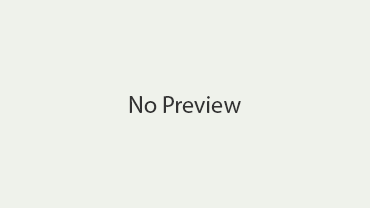Ovulation Calendar
Knowing and understanding what leads up to ovulation and when you ovulate will allow you to make love on the most fertile days of your cycle and increase your chances of conceiving. Timing when you make love is a very critical part of getting pregnant, since a woman is fertile for only a few short days each monthly cycle. This ovulation calendar is based on a typical 28-day cycle. If your cycles are shorter or longer, you will need to adjust this accordingly. Ovulation generally occurs about 14 days before your next expected period.
Days 1- 4 of your cycle
The first day of your cycle is the day that your menstrual period begins. If you become pregnant this month, your doctor or midwife will count this day as the beginning (the first of about 280 days of pregnancy), even though you haven’t even ovulated or conceived yet.
Right now, you are on your period and your uterus is shedding the extra built-up tissue and blood lining that it no longer needs. In essence, your body is cleansing itself in preparation for the possibility of an up-coming fertilization. At this point in your cycle, your estrogen and progesterone levels are low.
Days 5- 8 of your cycle
Your menstrual period is ending and your uterus is starting to gradually build up a new endometrial lining, due to the rising level of estrogen in your body. The presence of estrogen is also making your basal body temperature (BBT) remain low for now. One of your ovaries is starting to mature and prepare an egg (which is encased in a sac called a follicle) for ovulation.
Your cervical mucus is typically fairly dry right after your period stops, although the number of dry days after your bleeding ends, varies from cycle to cycle. The lack of mucus prevents sperm from penetrating your cervix at this point in your cycle. Also about now, your cervix may be very firm, pointed and closed. It should be easily reached by your fingertip, since it’s position is so low.
Days – 9 to 12 of Cycle
Days – 13 to 16 of Cycle



